
A Performance and Resilience Analysis of SANReN
A Spectral and Centrality Metric Framework for Resilient Network Topology Design and Analysis
Abstract
The South African National Research and Education Network (SANReN) provides the high-speed connectivity required for research collaboration and education but SANReN faces challenges related to rising demand, congestion, and vulnerability to node and edge failures. This project applied a multi-metric approach to assess and enhance SANReN’s resilience. Critical nodes were identified using composite centrality (degree, closeness, betweenness), while spectral and core resilience metrics were used to evaluate overall connectivity and fragmentation. Redundancy was introduced through reinforcement strategies such as adding redundancy to the top 10 most critical nodes, Fiedler-Greedy, K-Core, and Random edge additions. Node and edge removal experiments, supported by NS-3 simulations, demonstrated that redundancy improved resilience in smaller topologies and under critical node failures, but provided limited benefit under extreme node or edge failures. In larger topologies, resilience benefits were only observed after more than one critical node was removed and a larger proportion of critical edges were removed. Statistical comparison revealed that the Spectral Graph Model reacted more strongly to random and core node removals (p < 0.001), whereas the Core Resilience Model showed greater changes under ascending periphery removals (p < 0.01). These models were found to be complementary, providing a more complete view of network resilience. Together, the findings present a framework for resilience-oriented topology design in SANReN with the potential to be applied to similar large-scale research networks.
Videos 1
Watch presentations, demos, and related content
A Spectral and Centrality Metric Framework for Resilient Network Topology Design
Like, comment, and subscribe on YouTube to support the creator!
A Spectral and Centrality Metric Framework for Resilient Network Topology Design
Gallery 10
Explore the visual story of this exhibit

Title Image
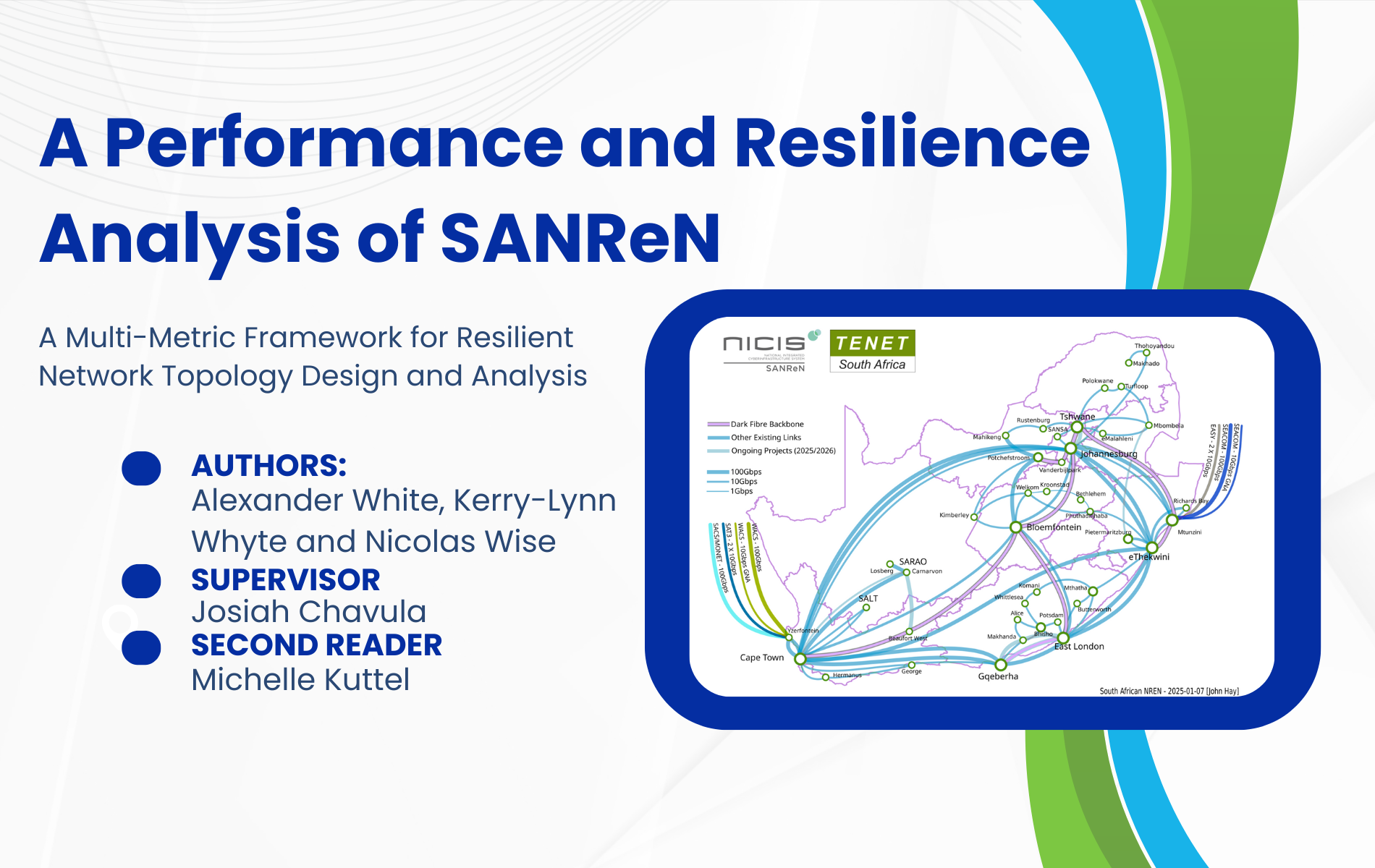
SANReN title (if scales better but if the designated other image is better for sizing please use that then)

Visual resilience of Johannesburg's current and redundant topologies (with extra edges added to critical nodes) under critical node removals
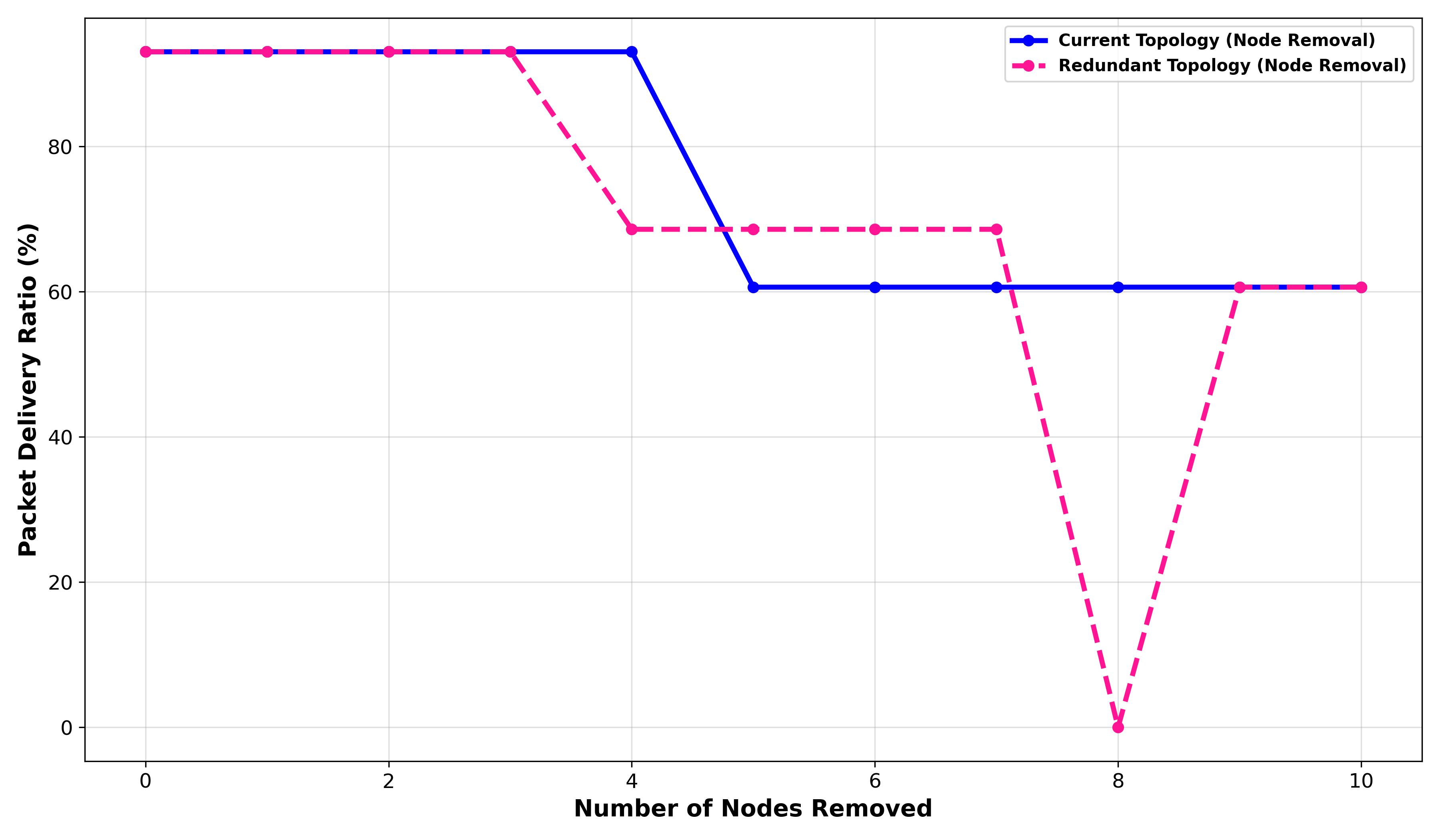
Visual resilience of Johannesburg's current and redundant topologies (with extra edges added to critical nodes) under critical node removals

Visual resilience of Johannesburg's current and redundant topologies (with extra edges added to critical nodes) under critical node removals
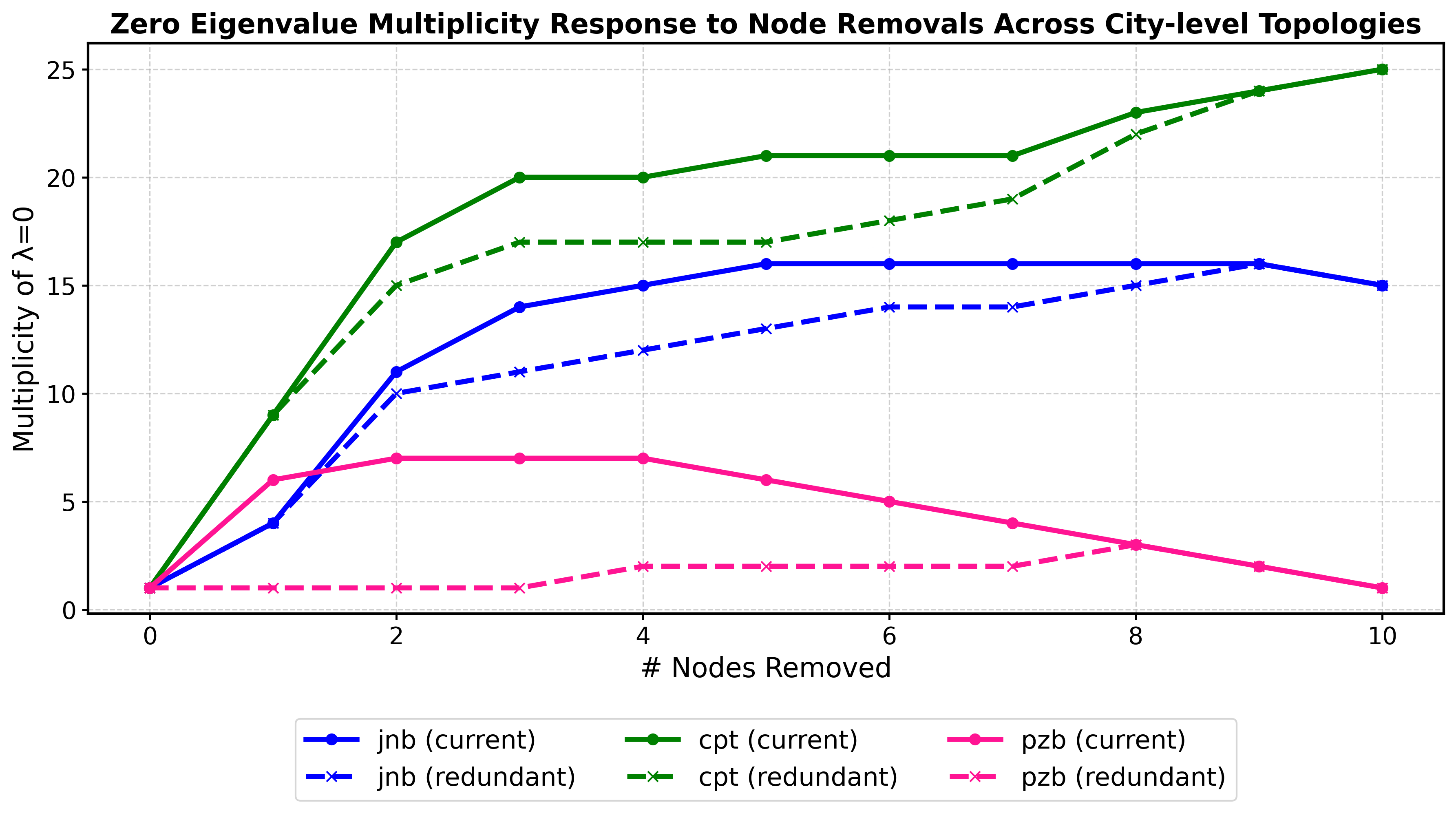
Visual resilience of Johannesburg's current and redundant topologies (with extra edges added to critical nodes) under critical node removals
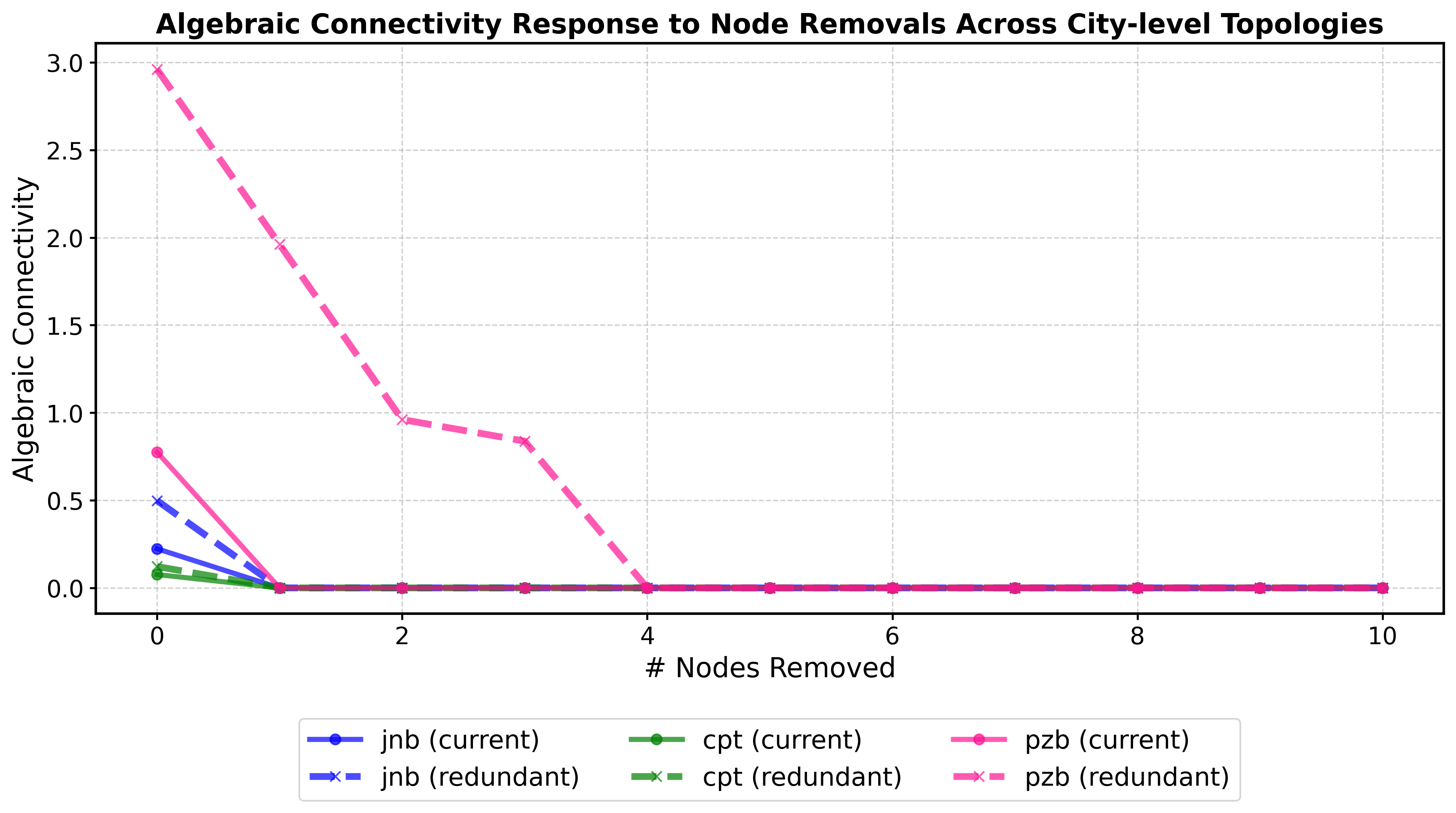
Visual resilience of Johannesburg's current and redundant topologies (with extra edges added to critical nodes) under critical node removals
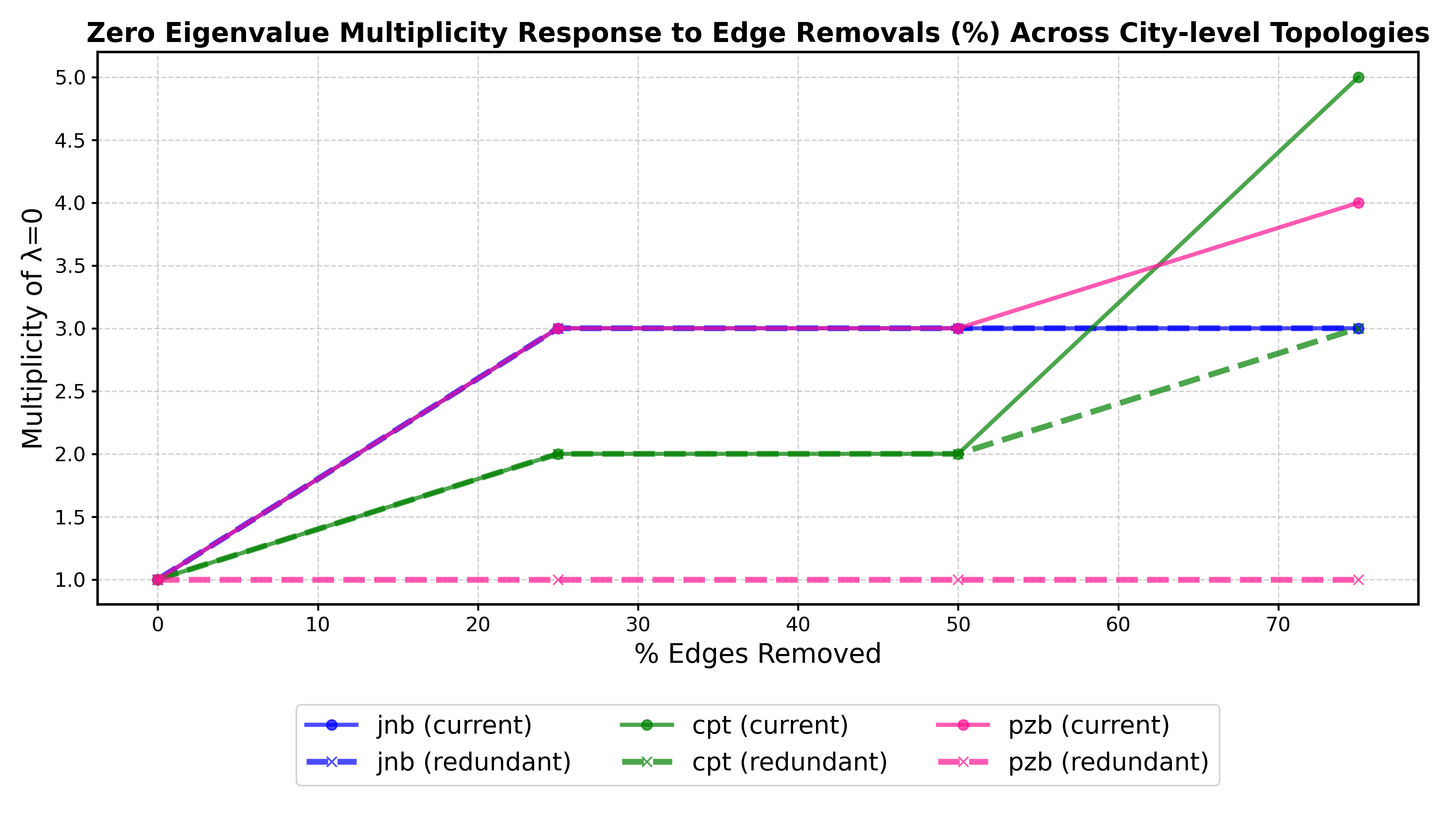
Visual resilience of Johannesburg's current and redundant topologies (with extra edges added to critical nodes) under critical-node-based edge removals

Visual resilience of Johannesburg's current and redundant topologies (with extra edges added to critical nodes) under critical-node-based edge removals
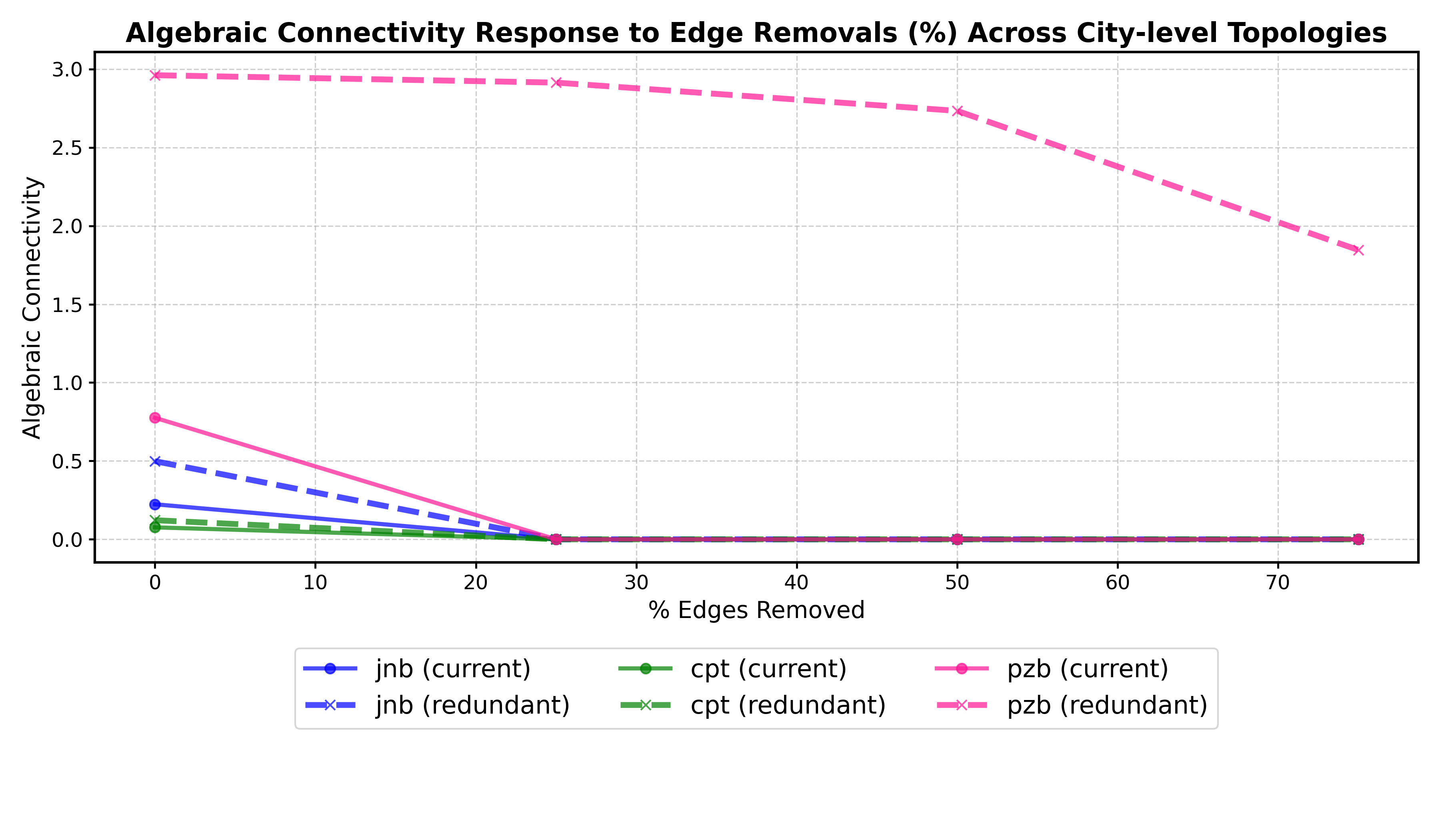
Visual resilience of Johannesburg's current and redundant topologies (with extra edges added to critical nodes) under critical-node-based edge removals